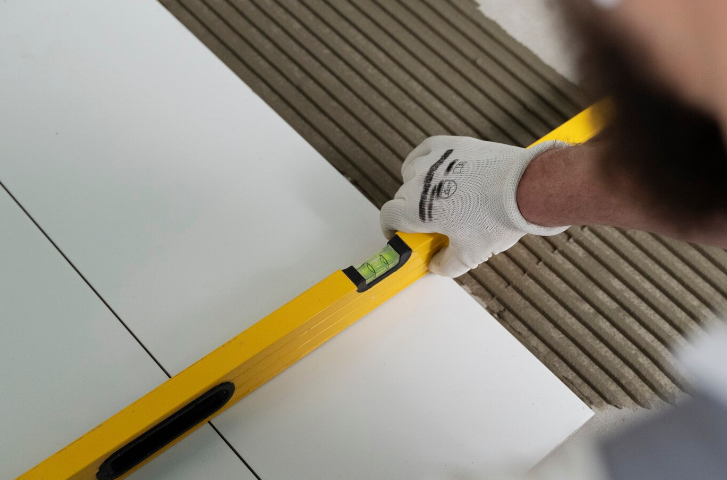7 QC Tools – Mere Use of Tools are Not Enough
Many plating teams use quality control (QC) tools like process checklist, cause-and-effect analysis, Pareto chart, and failure modes and effects analysis. These tools are simple and powerful.
The purpose of using these tools is to minimize potential quality non-conformances. But, do all users attain alike results and are they able to meet the aim on most occasions?
If not, why?
The benefit and actual result apply to the other 3 QC tools too! But, for the sake of simplicity let us discuss the four tools listed in the beginning. There are quite a few ways to optimize and implement these tools.

Below I had recommended the few simple and valuable practices for the specific tools.
Process Checklist:
When developing and practicing the checklist prioritizing the four features given below are significant:
Frequency—Relate productivity and the frequency of conducting the process checklist for optimum results.
Variables—Ensure the team observes important variables. The detection or measurement time of a variable must take ≤ 3 minutes. Decide the importance of a variable based on its influence of the output quality.
Time—Limit the time required to complete a checklist to ≤ 15 minutes.
Reaction Plan—Instil a mechanism to notice deviations, document, and react promptly with corrective actions. We do not require a formal correction action, but identify the cause of the effect, find a solution, and act.
The owner of the checklist must know the relationship between the reaction plan of the checklist and the preventative maintenance.
Cause-and-Effect-Analysis:
The effectiveness of the analysis depends on the facilitator and the team members. We must restrict the team members to ≤5. All participants must have either operations or subject knowledge of the effect(s). The facilitator must limit the duration of analysis and encourage pointed answers to the ‘why’s.
Ironically, the most common issue with this tool is working on the effects and not getting to the root cause. Though this is easily said than done, if this symptom occurs, get back to the drawing board and reflect on the team and their understanding of the tool, its limitations, and the subject.
Last, it is easy to come up with corrective actions, but the efforts are in vain if we do not fully implement the actions. Occasionally review previous cause-and-effect analyses and ensure the problem did not reoccur.
Pareto Chart:
Clarity and consistency of defects classification and the number of classes (≤ 12) observed in a Pareto chart are two crucial aspects one needs to pay attention to. Properly set up the tool, periodically use the 80 – 20 rule, and work to reduce the size of the bars. Simultaneously, work on Pareto chart and cause-and-effect analysis to achieve the best results.
Failure Modes and Effects Analysis (FMEA):
Both design and process FMEA are influential when used timely. Allot enough time and meticulously work on all potential modes. On this blog, I will resist listing all the important features of FMEA but highlight the most important routine to follow. And, that is to identify potential failure modes in full and act on the corrective actions to minimize risks. It is a tedious process but valuable.
Conclusion:
This blog drives a simple point using a tool might meet a procedural or an auditing guideline, but only effective use will confirm optimum results.
An effective method is open for discussion and an individual’s discretion, but a sustained focus on the end goal is imperative. And, the goal is to ensure the non-conformances do not repeat in the long term.
Learn More
Pulse Aluminum Anodizing for Energy Efficiency | Advint Incorporated

Posted By:Venkat Raja
Jan 01, 2019
Tags:






